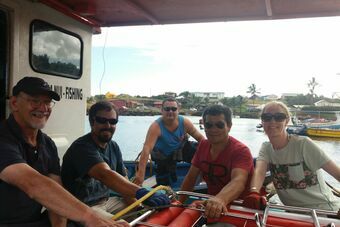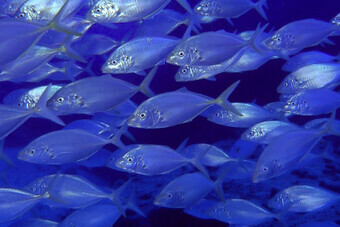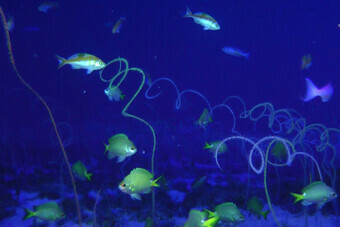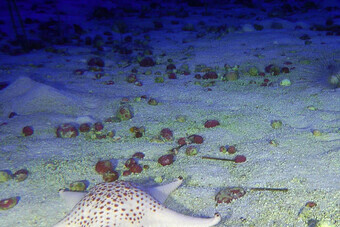Publications:
Mecho et al. 2019
The Easter Island ecoregion (EIE) is one of the most remote marine areas of the world and encompasses a vast and fragile ecosystem including oceanic islands and seamounts. In January 2014 and March 2016, a remotely operated vehicle was used to explore a subsurface peak off Easter Island (27.23°S, 109.48°W) and a seamount (26.92°S, 110.26°W), respectively located 10 km southwest and 98 km west of the island. More than 950 echinoderms were observed in the 5 h of video recorded during the seven dives conducted at depths between ~ 160 and 280 m. The communities of echinoderms observed at these depths markedly differed from those reported for shallower waters near Easter Island. Of the 20 morphospecies reported in the present study, only 5 were previously reported in the EIE. One species, six genera, and three families were reported for the first time in this area, and two new genera were discovered and described. A preliminary biogeographic analysis suggests affinities between the observed echinoderms and those of the West Pacific. These findings highlight the uniqueness of these assemblages and, therefore, the importance of considering them in the establishment of effective management strategies for these communities, which are within the Rapa Nui marine-protected area created in 2017.
160- 280 m
Mesophotic “mentions”
15 x (total of 6824 words)
Classification
* Presents original data
* Reports new species
* Focused on 'mesophotic' depth range
* Focused on 'mesophotic coral ecosystem'
Fields
Biodiversity
Community structure
Taxonomy
Focusgroups
Other invertebrates
Locations
Chile - Easter Island
Platforms
Remotely Operated Vehicle (ROV)





